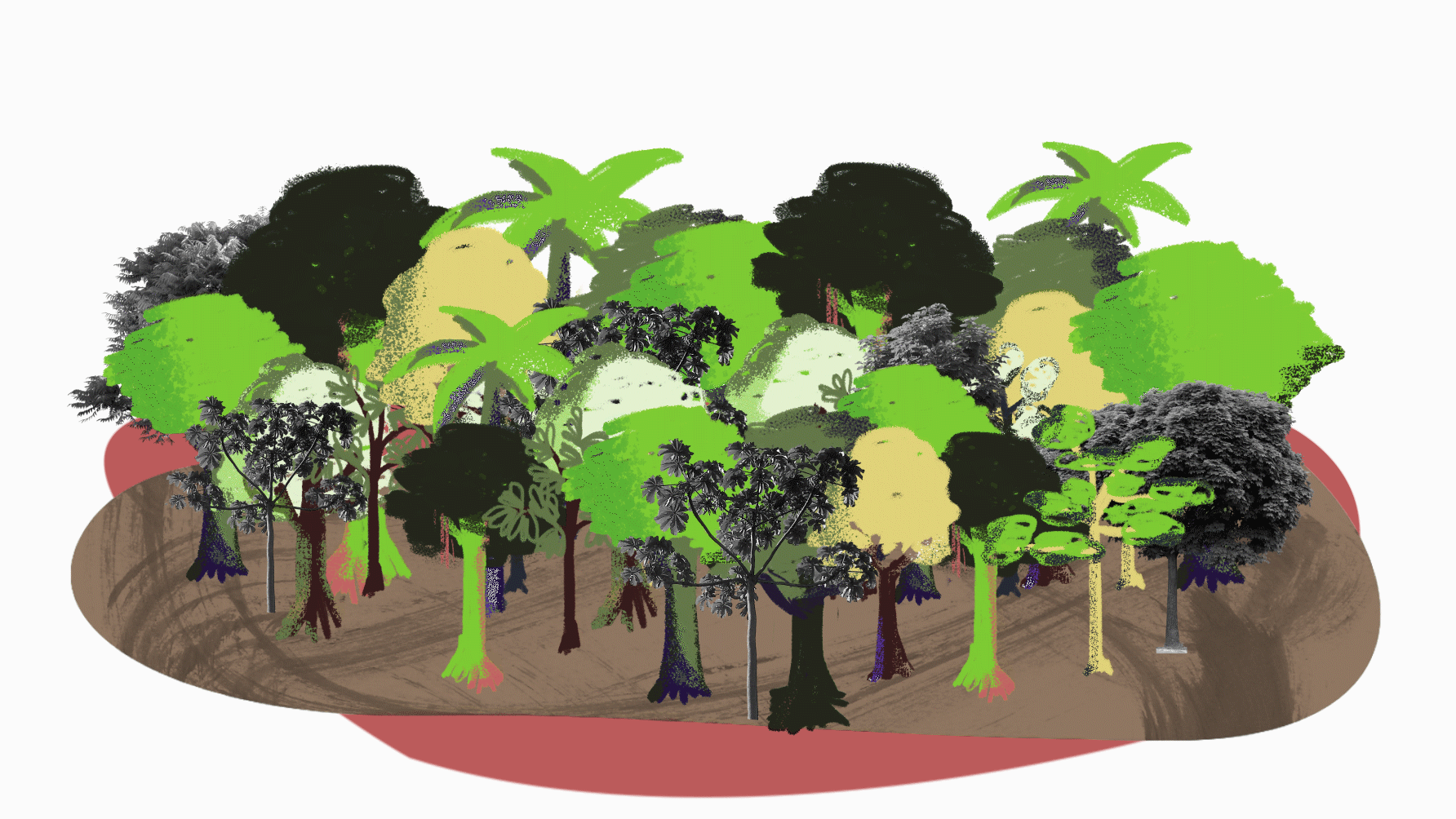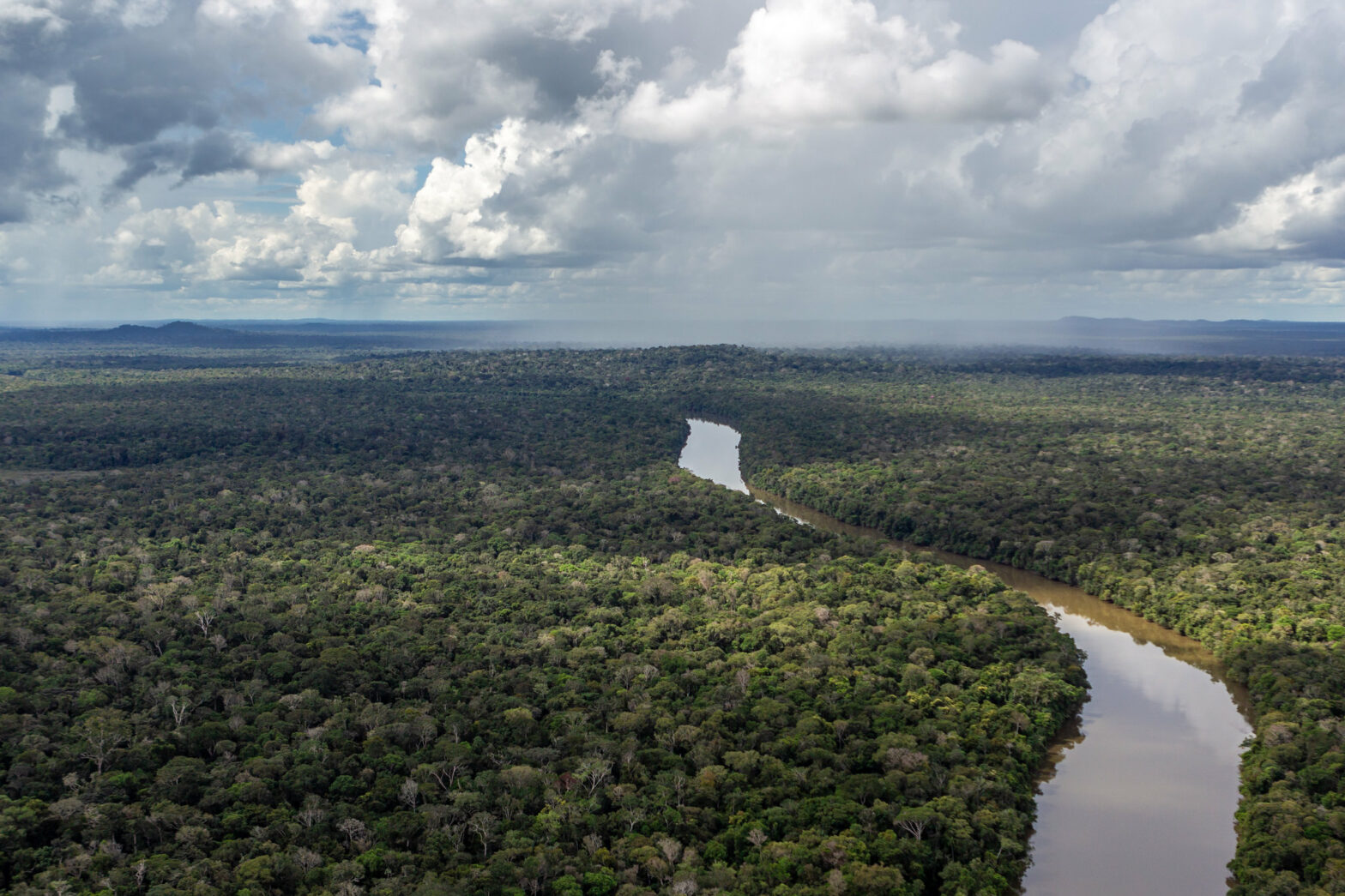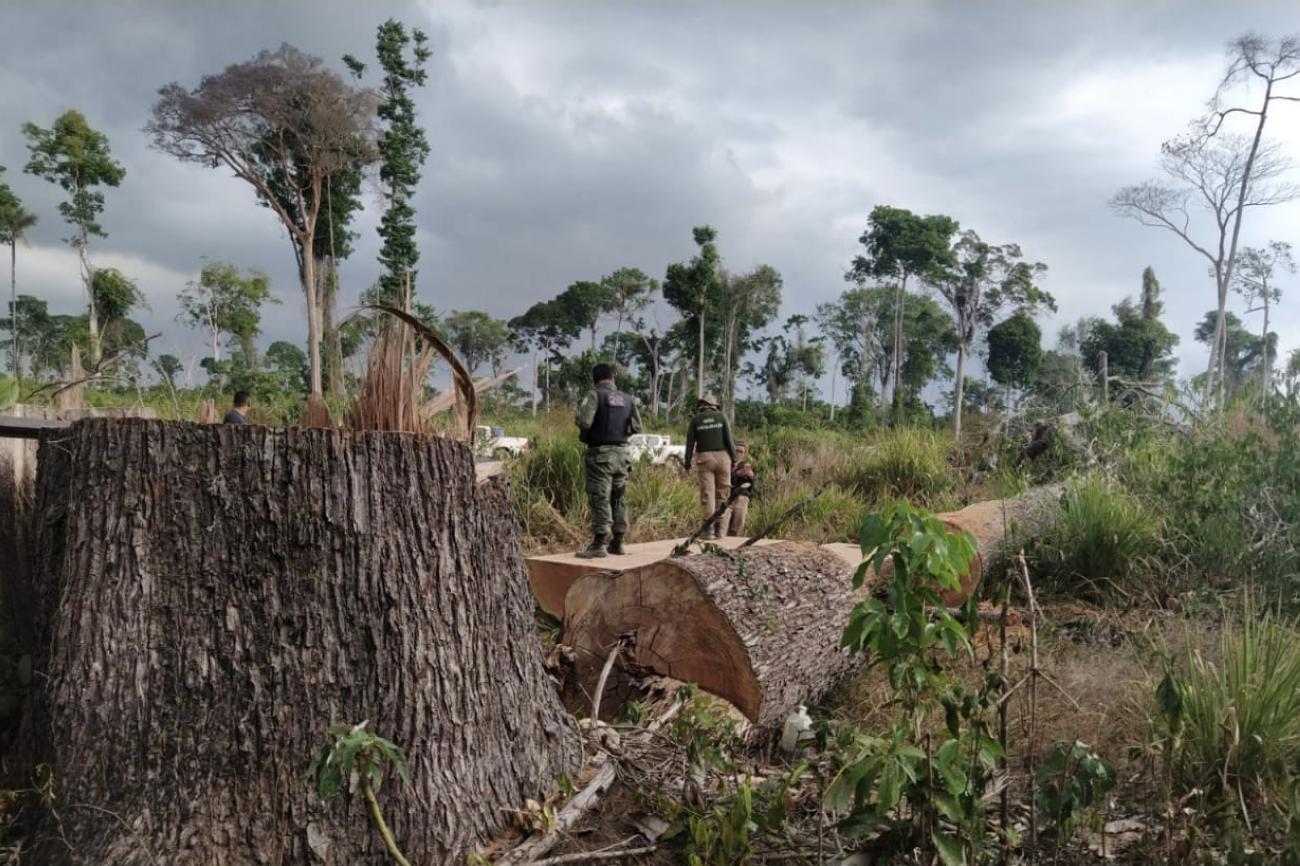The country’s commitments to the United Nations do not take the increase in climate pollution caused by the destruction of the forest into account. Brazil broke a new deforestation record during COP26.
The destruction of the Amazon occurs not only through clear-cutting of the forest but also through methods like selective extraction of trees for the timber trade or the use of fire to suppress vegetation. But losses from the so-called forest degradation: Partial and gradual elimination of forest vegetation, usually associated with selective extraction of wood and other natural resources. [+] have not yet been included in greenhouse gas emission calculations, which leads to a distorted picture of Brazil’s participation in global climate change.
A letter published in the journal Nature by researchers from Brazil and other countries addressed to the COP26, the United Nations climate conference in Glasgow (Scotland), which ends today (12), warns that these emissions need to enter national balances and climate debates.
According to the document, large carbon emissions are masked because Amazon countries do not assess and do not report on forest degradation (+). Between 2003 and 2015, carbon emissions from forest fires and edge effects were estimated at 88% of gross emissions from deforestation in the Brazilian Amazon. Climate pollution grows over the years due to the death and decay of trees affected by fire.

“Knowing the emissions from degradation in environments that are not adapted to fire, such as rainforests with large carbon stores in South America, Africa, and Asia, will help the world have a more realistic picture of emissions and the actions we must take to contain the climate crisis”, highlighted Luiz Aragão, head of the Earth Observation and Geoinformatics Division of the National Institute for Space Research (INPE) and one of the researchers who signed the letter.
The Amazon Environmental Research Institute (Ipam) presented a study at COP26 showing that forest fires in the Amazon alone have increased Brazilian CO2 emissions by 21% since 2005, compared to the previous decade. The gas amplifies the greenhouse effect and ends up raising the average planetary temperature. “We are omitting an important part of the emissions from tropical forests like the Amazon, which are severely affected by fire,” said Ane Alencar, Science Director at Ipam at a press conference at the Brazil Climate Hub.
Degradation is eating away at the forest’s ability to absorb carbon from the atmosphere. We need more studies on degradation for the Amazon and other forests in the world so that we have a complete picture of the problem, and so that the IPCC incorporates fire degradation in its methodology.
Paulo Artaxo, professor of Physics at USP and member of the IPCC
Today, Brazilian and IPCC (Intergovernmental Panel on Climate Change) protocols do not account for greenhouse gas emissions from forest degradation, only from clear-cut deforestation. Brazil has an estimate of climate pollution from degradation, but is not obliged to add them up in the national inventories sent to the United Nations, says Paulo Artaxo, a professor at the Physics Institute of the University of São Paulo (USP) and columnist for the PlenaMata platform. “Degradation is eating away at the forest’s ability to absorb carbon from the atmosphere. We need more studies on degradation for the Amazon and other forests in the world so that we have a complete picture of the problem, and so that the IPCC incorporates fire degradation in its methodology”, reinforced the researcher and member of the IPCC.
Armed with satellite images, researchers from Brazil and the United States found that degradation of the Amazon by fire and selective logging for the timber trade outpaced deforestation between 1992 and 2014. According to a study published in Science, while 308,000 km² were deforested in the period, an area almost 10% larger was degraded at 337,000 km².
The gap has grown in recent years. An analysis by InfoAmazonia on alerts from the National Institute for Space Research (INPE) [+] shows that degradation by fire and loss of forest cover in 2021 (5,217 km²) is 66% of the deforested area (7,882 km²) in the Legal Amazon in 2021 (from January to October 31st). The scars from forest fires account for almost 41% of this degradation, or 3,223,000 km².





